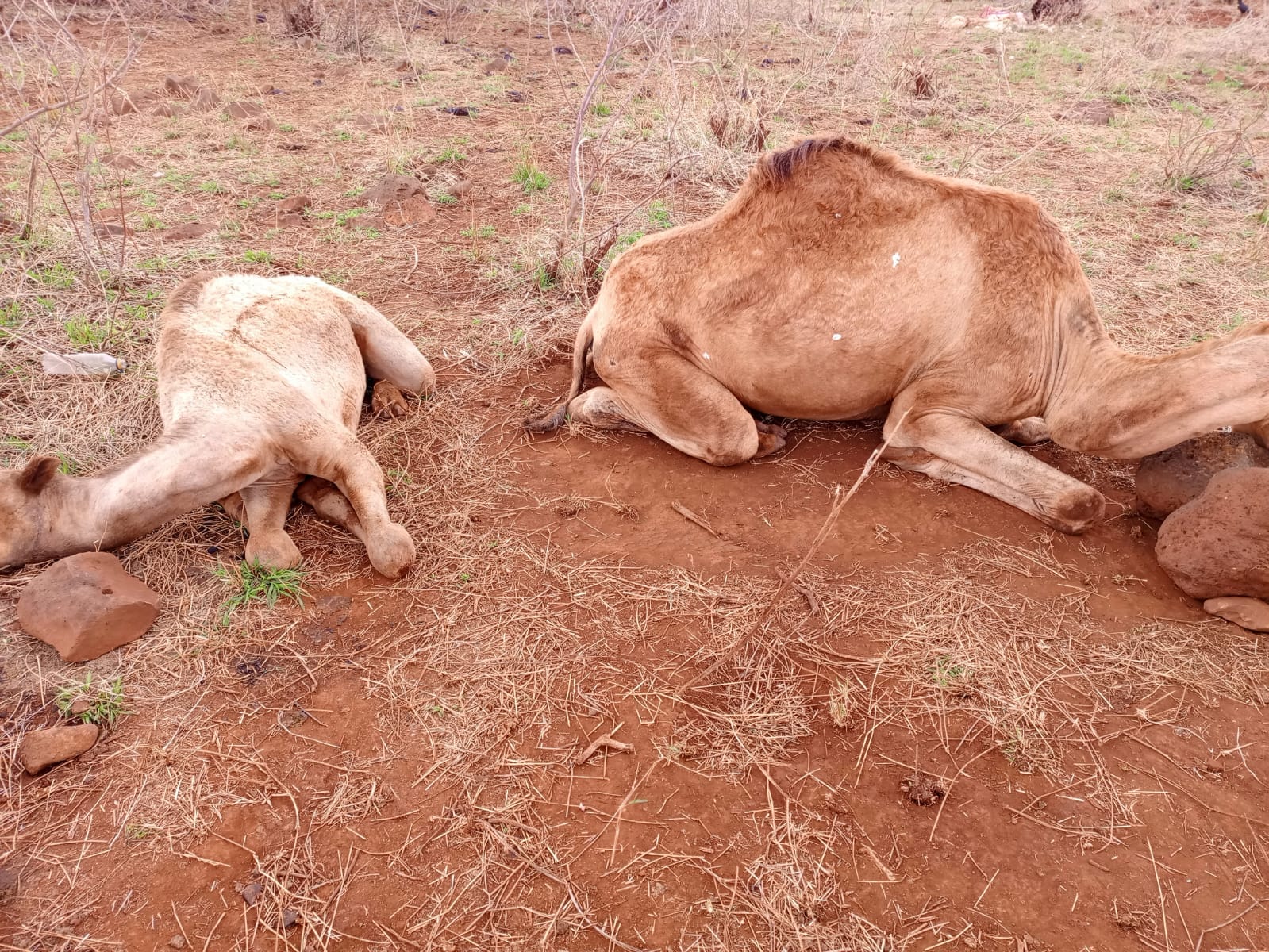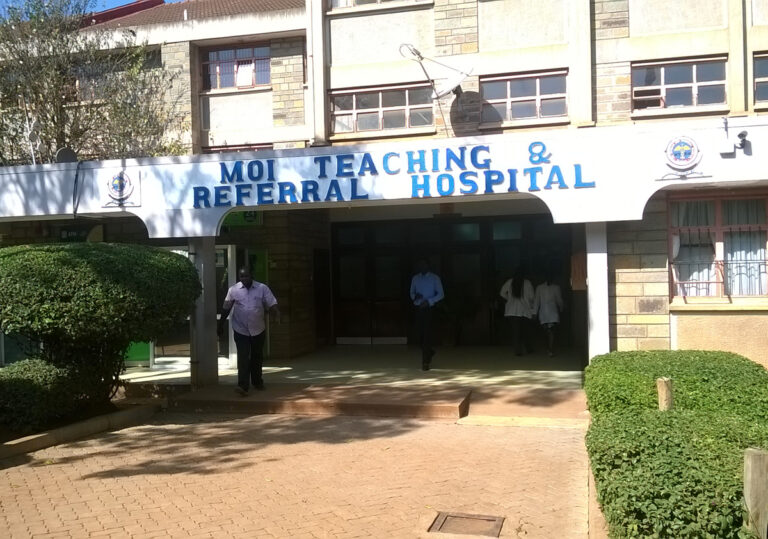
By Bruce Odhiambo,
An alarming outbreak of an unknown disease has struck the camel herds of Hurri Hills, located in the Marsabit region of northern Kenya, resulting in the deaths of at least 20 camels over the course of a single week. This mysterious illness, which has left local herders and veterinarians baffled, is causing widespread concern in the community, particularly since camels are vital to the livelihoods of the region’s pastoralist populations.
The disease first began showing symptoms early last week, with reports emerging from local herders that their camels were exhibiting unusual signs of illness, including lethargy, loss of appetite, and difficulty walking. These symptoms quickly escalated, and within days, several animals had died. In a span of just seven days, at least 20 camels were confirmed dead, leaving many families facing significant economic hardship.
Camels are considered a prized resource in Marsabit, where they provide milk, meat, transport, and are also a key part of local culture and tradition. The loss of even a single camel can have devastating effects on a pastoralist family, making this outbreak particularly troubling for the region’s nomadic communities.
Veterinarians and local authorities have been working tirelessly to identify the root cause of the disease. Initial tests have failed to pinpoint a specific pathogen, and the situation remains a mystery. Local health officials suspect that the outbreak could be due to a viral infection, a bacterial disease, or even a toxic substance, but no definitive diagnosis has yet been reached.
“The situation is worrying because we have no clear answers yet,” said Dr. Halima Gabbow, a local veterinarian in Marsabit. “We are conducting further tests to try and isolate the pathogen, but for now, it remains unclear what exactly is affecting the camels.”
In addition to the uncertainty surrounding the disease itself, the rapid spread of the illness has made containment efforts challenging. Camels are often kept in large herds, and it is difficult to isolate sick animals in such environments. This has heightened fears that the outbreak could spread further, affecting even more herders and their valuable livestock.
Local authorities and veterinary teams have been on the ground, working with the herders to monitor the health of their camels and to implement preventative measures where possible. However, the sheer scale of the problem is proving to be overwhelming for many families, and more resources are urgently needed to address the crisis.
“We are facing a serious threat to our livelihoods,” said Ibrahim Ali, a local camel herder from Hurri Hills. “We need more support from the government and other organizations to help us manage this outbreak and protect our animals.”
The Kenyan government has pledged to provide assistance, with the Ministry of Agriculture and the Kenya Veterinary Board reportedly coordinating efforts to find solutions. The response will likely include mobilizing additional veterinary teams, offering financial support to affected herders, and conducting more widespread testing to determine the exact cause of the outbreak.
Experts have raised concerns about environmental factors that could be contributing to the outbreak. The region of Marsabit has experienced significant climate fluctuations in recent years, with prolonged periods of drought followed by sporadic rainfall. These shifts in weather patterns may have weakened the immune systems of local livestock, making them more susceptible to diseases.
Furthermore, the influx of new diseases and pathogens due to climate change is a growing concern for pastoral communities across East Africa. Warmer temperatures and shifting rainfall patterns can alter ecosystems, creating favorable conditions for the spread of infectious diseases among both wildlife and livestock.
As the crisis in Hurri Hills continues to unfold, it underscores the need for long-term solutions to address the health and resilience of livestock in arid and semi-arid regions. Experts are calling for increased investment in veterinary services, early-warning systems for disease outbreaks, and climate adaptation strategies that can help pastoralists better cope with changing environmental conditions.
In the meantime, the pastoralist communities of Hurri Hills remain on high alert, hoping for swift action and a resolution to the mysterious camel disease that has already claimed the lives of many of their animals. The event serves as a reminder of the fragility of pastoralist economies and the need for continued support and investment to safeguard the livelihoods of millions who depend on livestock for survival.
The next few weeks will be critical in determining the course of the outbreak and whether authorities can successfully contain it before more camels fall victim to the disease.
Join Gen Z’s 2025 WhatsApp Channel To Stay Updated
https://whatsapp.com/channel/




